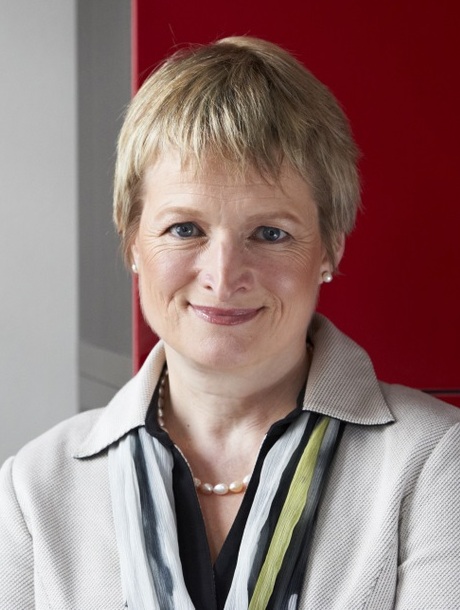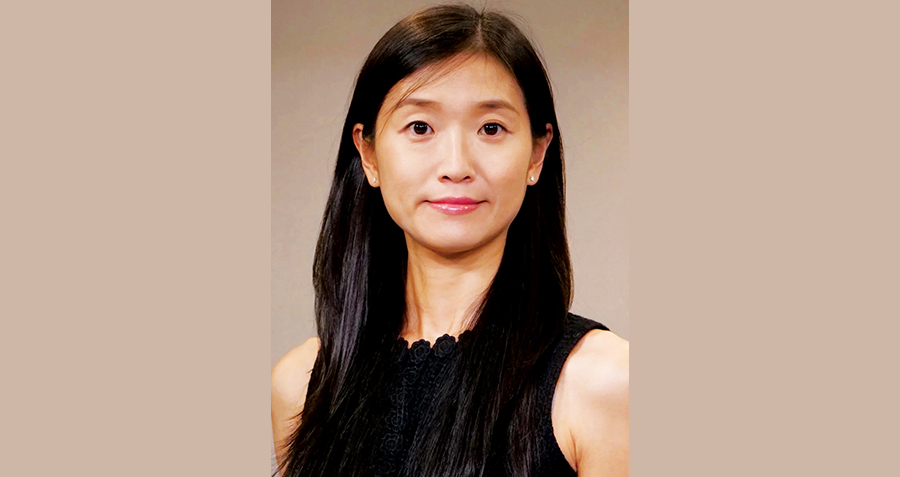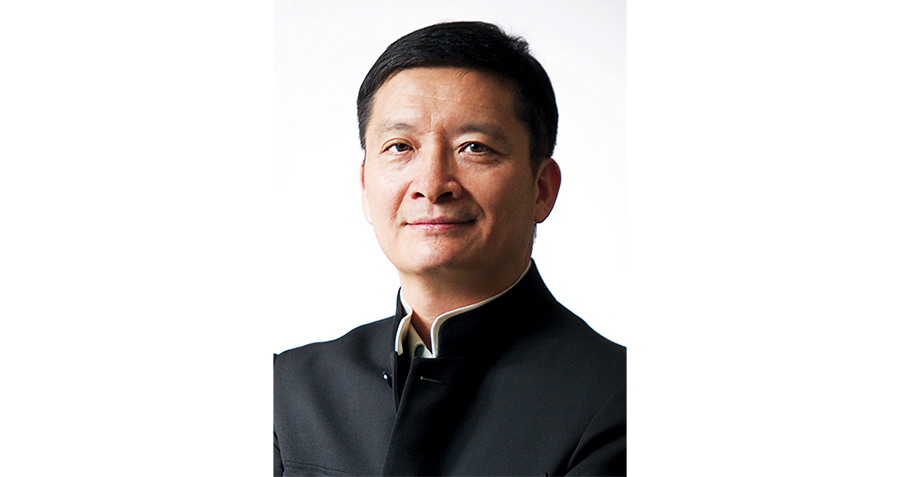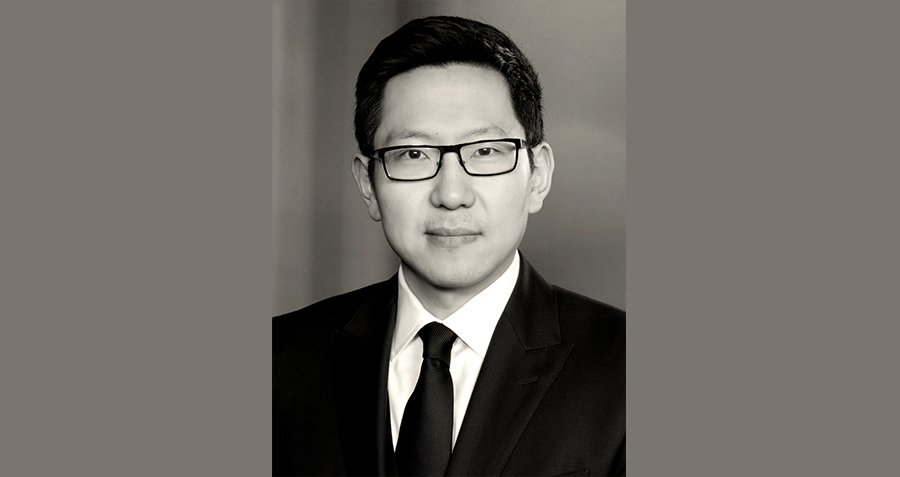Strategy expert Rita Gunther McGrath says that the days of sustainable competitive advantage are long gone. Instead, companies should focus on transient competitive advantages.
In 1979, the high priest of management thinking Michael Porter laid out the building blocks of the idea of competitive advantage in a seminal Harvard Business Review article titled ‘How Competitive Forces Shape Strategy’. In this article Porter introduced his now-famous Five Forces Model of Competitive Advantage, the five forces being the threat of new entrants, the threat of substitute products or services, bargaining power of consumers, bargaining power of suppliers, and intensity of competition.
He followed it up with a book titled Competitive Advantage. According to Porter’s definition, competitive advantage accrues from either providing value at a lower cost than competitors, or by giving the good or the service at a comparable cost but in a unique way that creates more value than rivals. A firm can thus command a premium in terms of price. For decades now, Porter’s ideas of competitive advantage and sustainable competitive advantage have wielded tremendous influence over the world of business and academic research.
But something else happened along the way—the world changed.
Rita Gunther McGrath, Associate Professor at Columbia Business School, believes that in this new world, companies can no longer rely on the idea of sustainable competitive advantage. In fact, relying on that can threaten their very survival. We must, instead, focus on something McGrath calls transient competitive advantages. In this interview, McGrath, the author of The End of Competitive Advantage: How to Keep Your Strategy Moving as Fast as Your Business, talks about the idea of transient competitive advantages and how companies can continue to stay relevant in this new world.
Q. You say that strategy is “stuck”. Where are you really coming from and why?
A. The book was motivated by the chronic problem we have in strategy, which is this quest for sustainable competitive advantage. The motivation behind the book was this deep unease that I had with this prescription that we offer people about strategy. That the ultimate goal is to create competitive advantage that is sustainable. We need a different strategy or framework to deal with the situation in which competitive advantages are transient. The problem with strategy is that it depends on this idea of sustainable competitive advantage. But when strategies last for short periods of time, the logic doesn’t apply. So I feel we need a new way of thinking about strategy that could be used to deal with these situations.
Q. The lifecycle of a competitive advantage has changed drastically over the last couple of decades. Can you share a historical perspective or perhaps some examples to show how this has come down?
A. Well, if you take something like the lifecycle of manufacturing a car, the design cycle used to be anywhere from 24-36 months, now it is down to 12 or less. If you look at rates of adoption of various kinds of technology, it took 19 quarters for dial-up internet (in the form of America Online (AOL)), to reach 20 million users. It took nine quarters for the iOS to reach 60 million users. It is a dramatic difference in the amount of time these things take.
Q. What are the forces at work here?
A. All the usual suspects—(it) would be things like globalization, the drop in entry barriers, changes in regulation that cause more parts of the economy to be deregulated. The whole digital revolution means that instead of dealing with physical things in more and more places, you are dealing with digital assets. That’s the effect of speeding things up as well.
Q. You say that companies should focus instead on transient competitive advantages instead. What do you mean by transient advantages and how do they work in a company?
A. Transient competitive advantages have a complete lifecycle. So there is a period of searching for insights as to what could be a candidate to become the next generation advantage.. Then there’s a bit of time in which the company incubates and ramps it up. Then you’ll have a time when you can exploit the advantage, which is lovely. But then comes imitation and competition, which puts pressure on your advantage. A great example would be broadband Internet. It used to be the dial-up internet. Many companies such as AOL and a lot of the internet server providers took advantage of that. But today it’s only relevant to about 3% of all internet users in the US. The internet service providers have changed in favor of the broadband providers.
Q. You’ve also mentioned in your Harvard Business Review article that companies can use a portfolio of different advantages all playing out at the same time. Do you have an example of that?
A. Look at Factset, which is an American provider of data services. Their maturing businesses would be things like physical devices. Their growing businesses would be things like cloud-based internet solutions for client self-service. They are doing them all at the same time.
Q. Let’s take an old, established company, like General Electric (GE). What would it take for a company like that to retool itself to create these transient advantages?
A. I am actually working with General Electric. I am teaching them a program called Entrepreneurial Leadership. And we are trying to equip them with the capabilities to manage each of these stages in their lifecycle, and dealing with recognizing the differences that in skills and capabilities that the different stages require. One business they are launching now started in a transportation division but then it moved to energy and power. They are beginning a launch process. In a few years it will be a mainstream business for GE, and will be run very differently than it is today, in its start-up phase.
Q. So, what does it take for such an old, established company to make that shift? Coming from that old world where sustainable competitive advantage was key to shift to this new world, what kind of changes would it entail in how the organization is structured or the direction in which it is focus or how the leadership view things or how staff responds to changes?
A. Well, I think it is all of the above. A big shift for strategy is when you think about how you organize and reorganize. So I talk about continual reconfiguration. Rather than trying to have changes all at once, you continually adjust your resources to your environment. Then you need to build in practices for healthy disengagement which is to be able to recognize the erosion of a competitive advantage and to move resources out of those situations.
Then you should be really careful about your resource allocation process and that’s where companies struggle because the powerful people in established businesses tend to control where resources are spent. Fine if the existing businesses are doing well, but again very dangerous if existing businesses are at risk. For example, one company right now would be Blackberry. The company spent a fortune trying to claw its way back into the smartphone market, even though it was unlikely to be a growth driver for the future. They would have been better off spending that money on new types of services and shrinking the phone business.
In this new way of thinking about strategy, leaders need to be prepared to face facts, especially if the news isn’t good, and move the resources appropriately. Innovation needs to be continuous, not something you do once in a while. You have to be prepared to do it continually. And there are big implications for individuals and their careers. So your talent needs to be managed in a different way. You need to put different skill sets on a project.
Q. An example that comes to mind is that of Nokia. For a very long time it was known to be an innovative company that was doing very well and very strong in emerging markets. Suddenly it went down. From your perspective, where did Nokia go wrong? What could it have done differently?
A. Nokia had all the technology that it needed to compete in the smartphone business. What its problem was and it’s what I talk about in the book was its leaders were so interested in the quarterly performance of the basic phone-based business that they didn’t really invest enough in other options. So the smartphones were embedded structurally underneath the basic phones, and guys running the basic phones didn’t have much of an interest in investing in the smart phone business.
Q. How does our view of competition and what really constitutes competition needs to change?
A. The traditional way in which we looked at competition was we treated other companies in your own industry as primary competition. We need to get away from it to look at what are called “arenas”, which are pots of resources which can be contested by different players. So, if you look at households for example, there’s stunning evidence that households in the US that are spending more on telecommunications, less on automotive products, eating out and clothing than what they had prior to the introduction of the latest generation smartphones So, your real competition, if you are selling dresses or something, is not other dress companies. It is the telecommunications sector.
Q. One of the things that you say must be kept in mind while operating transient advantages is to be able to identify a declining advantage and exit it well in time. What are the signals one must watch out for to be able to do this well?
A. I think the first thing would be in your operating model, is your operation or business getting less return for it? Is the competition driving the price down? Another clear warning sign is when a new entrant comes into your market with an offering that’s cheap, or less complex that does as good a job as yours does. Other warnings are your employees are unexcited to work on a particular item, or the good people are leaving your company to work somewhere else. And then additional (warning signs) are you begin to lose market share, business slows down, your good people defect…
In the book I talked about a small number of firms that I call Growth Outliers, which were able to do this on an ongoing basis. So you see them very rhythmically exiting older lines of businesses and getting into new lines of businesses. Companies like Infosys for example, or HDFC Bank in India is another case where they seem to be really probing new areas all the time and simultaneously moving their resources from maturing businesses into growth ones.
At Infosys, for example, they budget the whole company every quarter, and they measure performance very tightly. So if a particular area doesn’t look like it will deliver the business, they start withdrawing resources from it quickly. As their head of strategy told me, we don’t have to chop it off–we let it live its life, but eventually it finds its way to insignificance.
Q. You speak of ‘healthy disengagement’. How does it work because a lot of people in companies often develop a sense of ownership or create fiefdoms, so cutting something out may not go down very well.
A. That’s a political problem you have to deal with. I think it takes strong leadership. The choices that have been made about your strategy, you (have) to start dropping things that don’t fit the strategy. Two examples that come to mind are when Alan Mullaly came into the CEO role at Ford, he made a strategic decision that he was going to discontinue the Mercury brand that was a very well-known brand but was not a growing brand. It was also distracting people from the Ford brand. Another case was when Ivan Seidenberg, the CEO of Verizon, took office. He looked at the portfolio and said physical phones will not be a growing area. You should get rid of that, which he did.
Q. One issue that comes to mind if we are to operate in a world of transient advantages, is that of visibility or the lack of that. When we are looking at opportunities with a quick turnaround, there is often not enough time to test, or to be sure that this will be worth the risk that the company is taking. How do companies evaluate that and make sure that what they are doing will bear results?
A. You don’t always know going in, so you need to be good in investing in a number of alternative options. You may have 3-4 mutually exclusive options. As far as investment goes, you want to keep your downside contained, so you invest as cheaply as you can, in things like prototypes, laboratory experiments, mock-ups and different tests, business plans, technical plans, in quick succession.
Q. Given what you’ve talked about in your book, where do the traditional strategy models such as Michael Porter’s Five Forces model lie?
A. The Five Forces model is still a very useful framework and the concept of sustainable advantage makes a lot of sense where the right boundary conditions apply. Those boundary conditions would be relatively stable industry boundaries where there are strong barriers to entry. All I’m saying is there are fewer and fewer places where those conditions apply.
Q. What are the implications of the transient advantage environment for individuals operating in it?
A. It gives huge benefits to highly skilled experts. So what does that mean? Do you need to be adaptive in your skills? It means you need to be very open to learn new things, for example, one of the companies in my Growth Outliers study talked a lot about hiring for learnability, not so much for skills. If they want to bring on board people who are capable of doing these things rather than hiring people with those skills already,… what you want to be thinking is every week, every month is am I adding to the stock of things that you can do to make yourself more valuable to potential employers.
About Rita Gunther McGrath:
Rita McGrath, Associate Professor at Columbia Business School, is one of the world’s leading experts on strategy in highly uncertain and volatile environments. She is the author of Discovery Driven Growth: A Breakthrough Process to Reduce Risk and Seize Opportunity (2009) and co-author of The Entrepreneurial Mindset (2000) and MarketBusters: 40 Strategic Moves that Drive Exceptional Business Growth (2005). Most recently she has authored The End of Competitive Advantage. McGrath was listed at Number 6 in the 2013 Thinkers50, an annual ranking of business and management thought leaders. She also won the 2013 Thinkers50 Strategy Award; and her most recent book, The End of Competitive Advantage was shortlisted for the Thinkers50 Best Book Award.
For more thought leader interviews, click here.

















